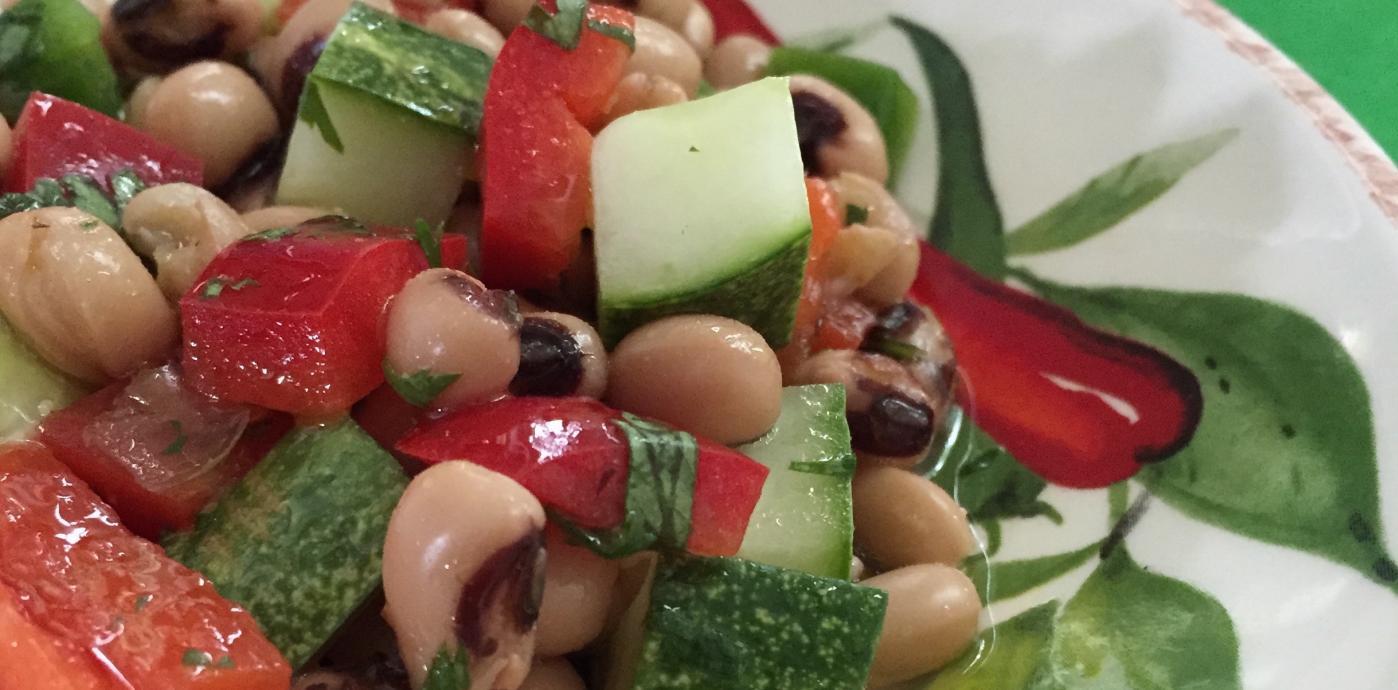When it comes to iron, meat lovers might think they have nutritional bragging rights. But in reality, a balanced plant-based diet can meet your recommended iron needs, with additional health perks to boot.
Iron is an essential mineral that helps create red blood cells and also helps send oxygen to your muscles. So, how much iron do you need each day According to the USA’s National Institutes of Health:
| Age | Male | Female |
|---|---|---|
| 14-18 years | 11 mg | 15 mg |
| 19-50 years | 8 mg | 18 mg |
| 51+ years | 8 mg | 8 mg |
While iron from animal sources (heme iron) is more easily absorbed in the body, there are many plant foods that contain iron (nonheme iron). Additionally, studies have found that regularly eating high-phytate foods (like whole grains and legumes) may actually help some people better absorb (nonheme) iron over time. The following list highlights a few plant foods that contain iron, though there are many others.
| Lentils, 1 cup | 6.59 mg |
| Kidney beans, 1 cup | 5.20 mg |
| Sorghum, ½ cup | 4.23 mg |
| Spinach, ½ cup boiled | 3.21 mg |
| Potato, with skin | 2.75 mg |
| Tea, ½ cup cooked | 2.59 mg |
| Prunes, 10 dried | 2.08 mg |
| Buckwheat, ½ cup | 1.87 mg |
To meet your iron requirements, aim to include at least one iron-rich food at each meal and most snacks. Whether you eat meat or not, you can help your body increase the amount of iron it absorbs, letting traditional cuisines and food pairings be your guide. Pairing iron foods, like lentils, with vitamin C foods, like tomatoes, can actually help your body increase iron absorption even further. Some foods are good sources of both iron and vitamin C, such as spinach and potatoes. Aside from citrus fruits, some other foods that are rich in vitamin C include:
| Pineapple | Broccoli | Red Cabbage |
| Blackberries | Radishes | Cauliflower |
| Tomatoes | Bell Peppers | Brussel Sprouts |
There are many easy and delicious recipes that pair plant foods containing iron with foods containing vitamin C. For example, in this cold black-eyed pea salad, the beans provide iron while the bell pepper provides vitamin C, or in this farro cabbage salad, where farro provides iron and cabbage provides vitamin C. Other options include chickpea spinach pasta salad, chickpeas inzimino, and dandelion cannellini potatoes and roasted red peppers to name a few.
Pairing foods this way need not be difficult or even conscious. If you eat a varied diet full of different plant foods, it’s likely you’ll be getting these synergistic benefits without even trying! In fact, you may be surprised to and that some of your favorite recipes already contain this power duo. Meet your body’s iron needs by trying a recipe above or experimenting with new combinations, and comment below to let us know what your favorite is!
Claire Leitch, Oldways Dietetic Intern and Master of Science in Dietetics Student at the University of Vermont







Leave a comment